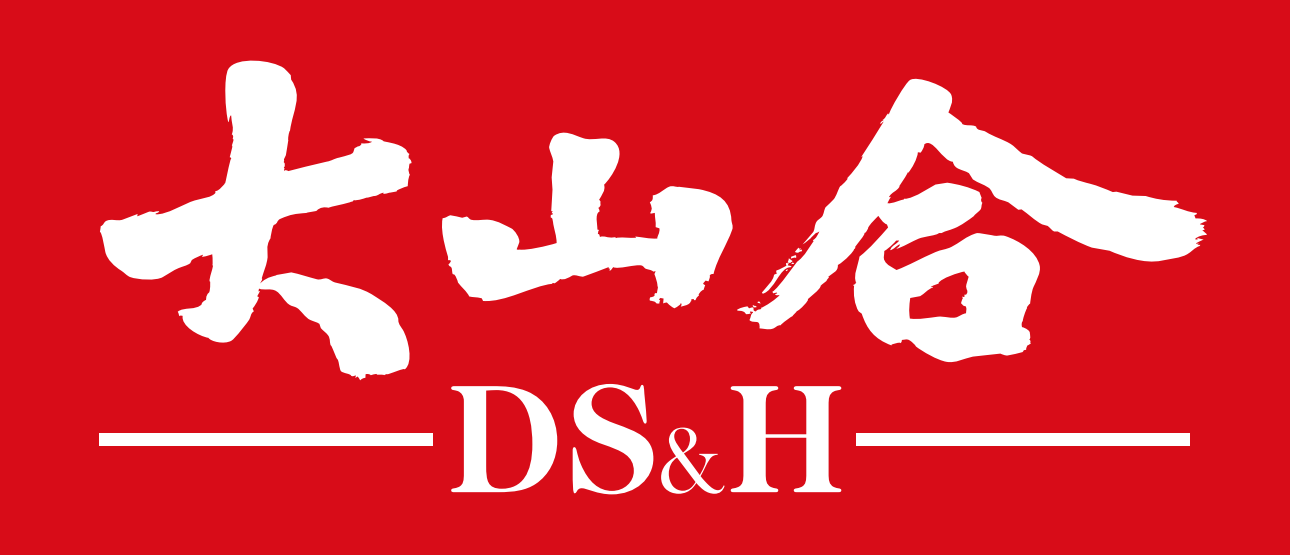
Unveiling the Rarity and Value of Chaga Mushroom (Inonotus obliquus)
2025-05-22 23:06Deep within the boreal forests of the Northern Hemisphere, clinging to the bark of aging birch trees, grows a peculiar blackened mass resembling burnt charcoal. This unassuming organism, known as Inonotus obliquus or chaga mushroom, has captivated scientists, herbalists, and health enthusiasts alike for centuries. Often called the "King of Medicinal Mushrooms," chaga’s growing global popularity stems from its unique biology, historical significance, and an expanding body of research hinting at extraordinary health benefits. But what makes this fungal growth so rare and valuable? Let’s explore the multifaceted reasons behind chaga’s prized status.
![]()
1. A Biological Anomaly: Survival in Extreme Conditions
Chaga’s value begins with its extraordinary life cycle. Unlike typical mushrooms that produce fleshy fruiting bodies, chaga is a sterile conk—a dense, woody mass formed as the fungus fights to survive in harsh environments. It grows almost exclusively on cold-climate birch trees (genus Betula), thriving in regions with temperatures as low as -40°C. This extreme habitat triggers the fungus to synthesize a potent cocktail of protective compounds, many of which have bioactive properties for humans.
Interestingly, chaga is a parasitic fungus. It infiltrates damaged birch bark, slowly siphoning nutrients over 10–20 years while stimulating the tree to produce defensive phytochemicals. This prolonged interaction creates a unique biochemical exchange: Chaga absorbs betulin and betulinic acid from birch bark—compounds with documented anticancer properties—while generating its own antioxidants and polysaccharides. The result is a symbiotic fusion of fungal and plant metabolites, a phenomenon rarely observed in nature.
2. Historical and Cultural Significance
Chaga’s use as medicine dates back millennia. The earliest recorded applications come from Siberian indigenous groups like the Khanty and Mansi peoples, who brewed chaga tea to boost immunity and stamina during harsh winters. In 12th-century Eastern Europe, the Kievan Rus’ chronicles describe chaga decoctions as remedies for tumors and digestive ailments. Notably, the mushroom gained fame in the 1960s through Aleksandr Solzhenitsyn’s novel Cancer Ward, which highlighted its traditional use in Russia to treat cancer.
These historical accounts weren’t mere folklore. Modern analyses of chaga’s chemistry validate its role in traditional medicine. For instance, its melanin-rich black outer layer contains high levels of superoxide dismutase (SOD), an enzyme that combats oxidative stress—a factor in aging and chronic diseases. Such findings bridge ancient wisdom with contemporary science, enhancing chaga’s credibility.

3. A Powerhouse of Bioactive Compounds
What truly distinguishes chaga is its dense concentration of bioactive molecules, many of which are absent or scarce in other fungi:
Polysaccharides (β-glucans): Renowned for immune modulation, chaga’s polysaccharides activate macrophages and natural killer cells, enhancing the body’s defense against pathogens and cancerous cells.
Triterpenoids (e.g., inotodiol): These steroid-like compounds exhibit anti-inflammatory, antiviral, and cholesterol-lowering effects. Studies suggest they may inhibit tumor growth by disrupting cancer cell membranes.
Melanin and Antioxidants: Chaga contains some of the highest natural levels of antioxidants, including polyphenols and melanin. Its ORAC (Oxygen Radical Absorbance Capacity) score surpasses blueberries and acai berries, offering protection against DNA damage and chronic inflammation.
Betulinic Acid: Derived from birch trees, this compound induces apoptosis (programmed cell death) in cancer cells while sparing healthy tissue—a feature that intrigues oncologists.
4. Scarcity and Sustainable Harvesting Challenges
Chaga’s rarity amplifies its value. It grows wild on only 1 in 20,000 birch trees, primarily in untouched forests of Siberia, Alaska, and Canada. Unlike cultivated mushrooms, chaga cannot be easily farmed. Attempts to grow it artificially have largely failed, as replicating the complex tree-fungus interaction in labs remains elusive. Moreover, ethical harvesting requires leaving at least 20% of the conk to allow regrowth, and each specimen takes 5–7 years to mature after harvest.
Overharvesting has already led to shortages in Russia and Finland, prompting strict regulations. Climate change further threatens birch populations, making sustainable sourcing a pressing concern. Consequently, high-quality wild chaga commands prices up to $50 per ounce—comparable to premium teas or spices.
5. Emerging Scientific Validation
While traditional use laid the foundation, modern research propels chaga into mainstream interest. Notable studies include:
Cancer Research: A 2021 study in Frontiers in Pharmacology found chaga extracts inhibited breast cancer cell proliferation by 60% in vitro. Betulinic acid is undergoing clinical trials as a complementary cancer therapy.
Antidiabetic Potential: Research in Biomedicine & Pharmacotherapy (2020) showed chaga polysaccharides lowered blood glucose levels in diabetic mice by improving insulin sensitivity.
Gut Health: Chaga’s prebiotic fibers may promote beneficial gut bacteria, as per a 2022 Nutrients journal review, linking it to improved metabolic and immune health.
Anti-Aging Effects: Its antioxidants protect skin fibroblasts from UV damage, prompting cosmetic companies to incorporate chaga into anti-aging serums.
However, scientists caution that most findings are preclinical. Human trials are limited, and regulatory agencies like the FDA have not approved chaga as a disease treatment.
6. Ethical and Ecological Considerations
Chaga’s popularity has sparked debates about ecological responsibility. Harvesting requires deep knowledge of mycology to avoid killing host trees. Certified organic suppliers, like those in Canada’s boreal forests, use non-invasive techniques and support reforestation. Consumers are urged to verify sourcing practices to prevent ecosystem harm.
Conclusion: A Gift from Nature, Handle with Care
Chaga mushroom embodies nature’s paradox: a humble organism born from adversity, yet brimming with life-enhancing potential. Its scarcity, historical legacy, and biochemical complexity justify its status as a natural treasure. However, its true value lies not just in what it can offer humans, but in how we choose to preserve it. As research continues to unlock chaga’s secrets, balancing demand with sustainability will ensure this "black gold" of the forest endures for generations to come.
In a world increasingly reliant on synthetic drugs, chaga reminds us that some of Earth’s most profound remedies remain hidden in plain sight—waiting to be understood, respected, and protected.

